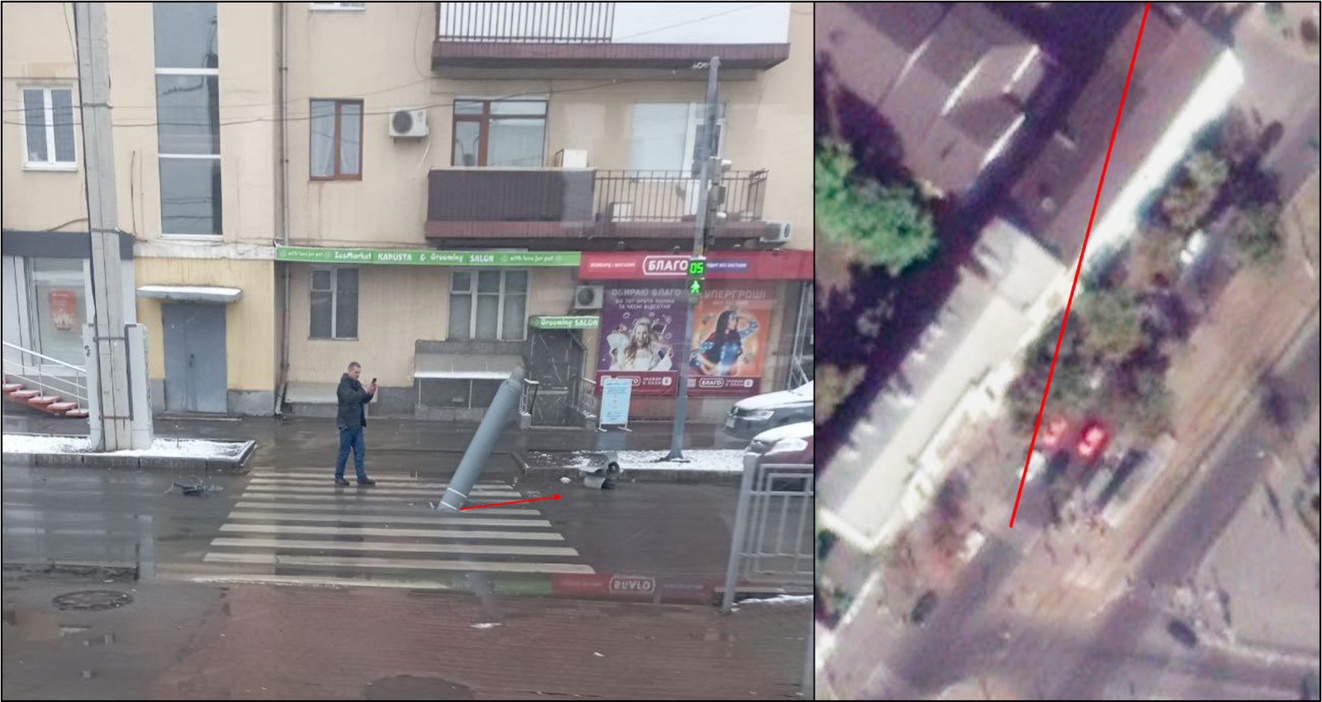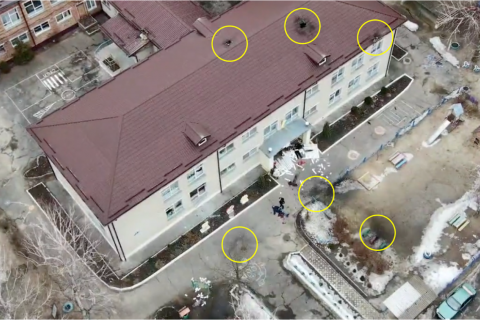Investigating journalists from Bellingcat group state that there are traces of cluster munition usage by russian military forces during invasion in Ukraine, in particular close to hospitals and schools. This is stated in their article.
Cluster munition is an explosive weapon that releases or ejects smaller submunitions, which explode on a wide area and increase damage.
According to photos and videos from the social networks Bellingcat together with other journalists were able to identify geolocations of usage of several cluster missiles in residence areas in Ukraine and also determined the probable direction from which the missiles came.
In particular, investigators say that cluster munition was used in Kharkiv on 25 February 2022 and same day in Okhtyrka during the kindergarten bombing.
The footage being shared from Ukraine is starting to look more and more like Syria.
— CIT (en) (@CITeam_en) February 25, 2022
A video shared by citizens of Kharkiv with @bbcrussian shows a part of an unguided MLRS rocket that fell through several floors of an apartment block. pic.twitter.com/V7swyFTddV
Russia, as reported by journalists, will probably use missiles with cluster munition for Light Artillery Rocket System BM-27 “Uragan” and BM-30 “Smerch”. These rockets include a cargo warhead that contains the submunitions which separate from the rocket motor as part of its deployment. After the submunitions have been dispensed, the rocket motor and cargo warhead continue on their trajectory, frequently embedding themselves into the ground.

Missiles were launched from the north-north-easterly direction where the Russian border is. Even if artillery targeted the army, these are extremely dangerous and can cause a lot of damage to civilians, because the warhead and the tail parts of the rocket continue to fly for some time after submunition was released, investigators say. They researched videos of Okhtyrka bombing and concluded that several submunitions hit the local kindergarden.
Russian missile hit kindergarten pic.twitter.com/mrbwzvwYWJ
— Олександр Мережко (@3TrAmvL026aJRar) February 25, 2022

Experts also admit that the percentage of unexploded ammunition is a deathly heritage of the war, as these are attractive to children and pedestrians who could pick them up.
Bellingcat journalists admit that more than 100 countries joined the cluster munition ban by signing the Cluster Munition Convention. Russia didn’t sign it and also used cluster munition in 2014 in Eastern Ukraine and soon in Syria.








